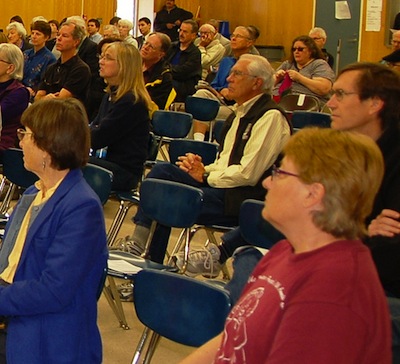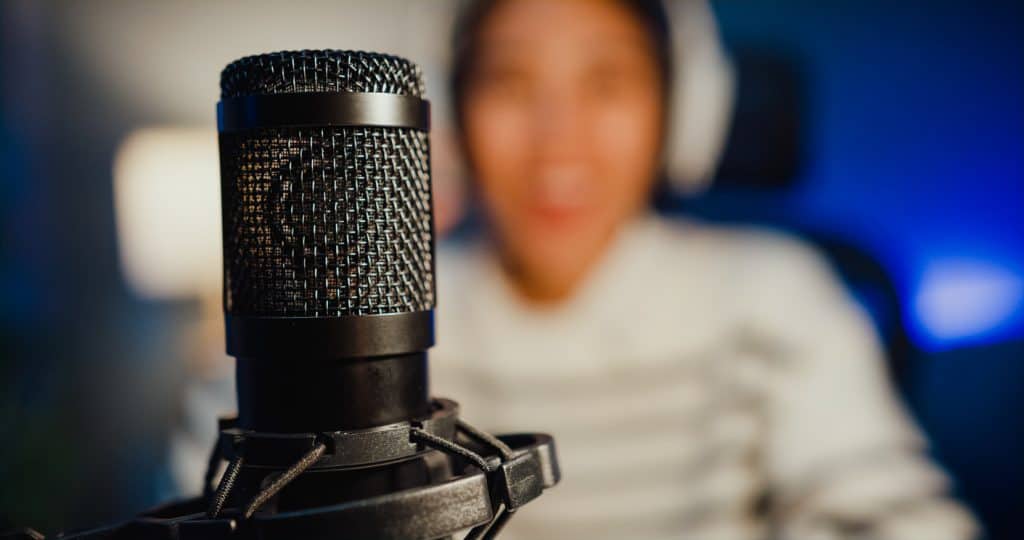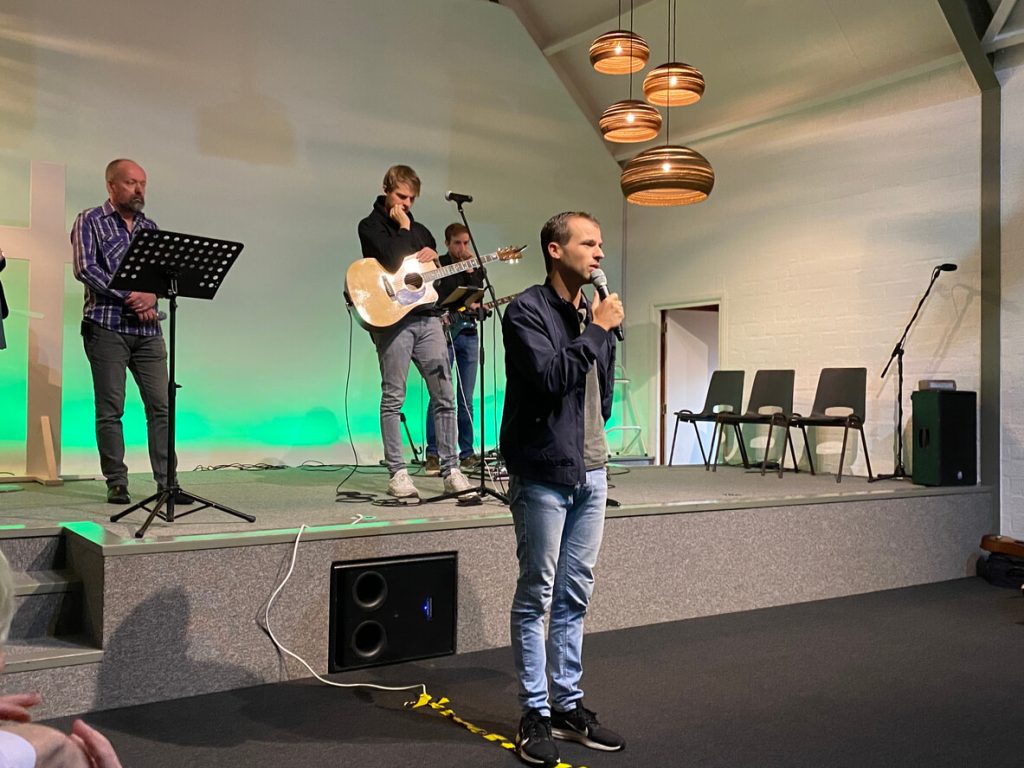Our children are growing up in a “pornified” culture. Not only have the faces of porn stars become recognizable in pop culture, but the faces of pop culture have begun to mimic pornography. From music videos to magazine covers, mass media continues to push the envelope, putting an erotic twist on everything our kids consume.
But it doesn’t stop there. By the time kids are heading off to college, more than 90% of boys and more than 60% of girls have seen pornographic material online. A quarter of them have seen it online when they weren’t even looking for it. The majority of teens have seen everything from group sex to same-sex intercourse online.
Schools Can Be Part of the Solution
Parents, of course, are in the primary role of protecting children from both inadvertent or intentional porn viewing. Parents should also be the primary educators of their children when it comes to what authentic love and sexuality is.
But many school administrators are playing a critical role as well. As many schools today provide students with Internet-enabled devices, systems ought to be put in place to prevent students from using them to look at pornography—both on campus and off campus.
Secondarily, schools can be ideal forums to encourage parents and students to learn about Internet responsibility.
8 Tips for Running a Workshop for Parents
1. Advertise the event on every possible level.
Does your school have an e-mail list for parents? Use that to promote the event. Do your teachers offer parent-teacher conferences? Have a designated teacher or group of teachers give personal invitations to each parent they meet with. Design flyers for these teachers to give away. Does your school have social events or sporting events? Publicize the event at these locations.
2. Prepare the kids.
Parents who attend these workshops tend to come home with the intention of making changes. New filters will be installed. Parental controls will be activated. As much as possible, kids or teens should be told by the teachers about the protective measures they will be recommending to the parents.
Kids should be taught in the classroom about the importance of accountability and transparency in their lives, especially around Internet-related issues.
3. The advertising should be focused on the threat “out there.”
No parent wants to believe their child is actively seeking out porn, even if it is true. No parent wants to be seen at a workshop called, “What to Do When Your Child is Addicted to Porn.” The advertising for the seminar should be focused on the threat “out there”—the readily available pornography online and the over-sexualized culture our children in which our kids live.
4. Invite a speaker to talk about parenting.
When you present the UNFILTERED material, this is best paired with a dynamic speaker who talk candidly to parents about the critical role they play in developing the character of their children. Call the event, “Parenting in the Internet Age,” or “Parenting in a Pornified Culture.”
Talking to parents about the critical role they play is of central importance. We live in an age where parents and children are like strangers living under the same roof. If parents are going to be the primary educators of their children when it comes to matters of sexuality, they first have to have quality relationship with their children.
5. Stress the importance of Internet accountability.
At your event, make sure to equip parents with information about how they can install and use accountability software on all their devices.
Covenant Eyes Internet Accountability allows parents to monitor all the devices their children use and e-mails regular Accountability Reports to the parents with information about all the websites their children visit. This enables moms and dads to have regular conversations with their kids about their online habits.
Why is this helpful? First, for parents, the Internet tends to be out-of-sight-out-of-mind. Getting regular reports of Internet activity helps keep this issue in front of their faces.
Second, the Internet has a way of making it feel like we are living two lives: a public life off-line and a private life online. As such kids and teens (and adults) can feel like they live by two sets of rules, that what they do, say, and see online “doesn’t count.” This is where kids get trapped in the habit of looking at things online, saying things online, or doing things online that go against their morals and better judgment. When children know they are being monitored online, it shatters this illusion.
Last, when parents are in the habit of talking to their kids about their positive online habits—like going to fun or educational websites—this will make conversation about inappropriate Internet use much easier and more natural. Kids will be less like to see Internet accountability as a punitive reaction and see it more as just the normal way their parents watch out for them.
6. Leave plenty of time for Q&A.
At this event, parents will likely have practical questions about how to deal with specific devices in their home or how to handle specific situations. Make sure you leave plenty of time to field these questions. If you don’t know the answers, just tell them you will get back to them with the answers as soon as you can.
7. Collect e-mail addresses at your meeting.
Be sure to collect the e-mail addresses of every parent that comes. After meetings like this, there are plenty of opportunities to send valuable reminders to parents, including links to educational resources, links to download protective software, and places they can go to get further information.







